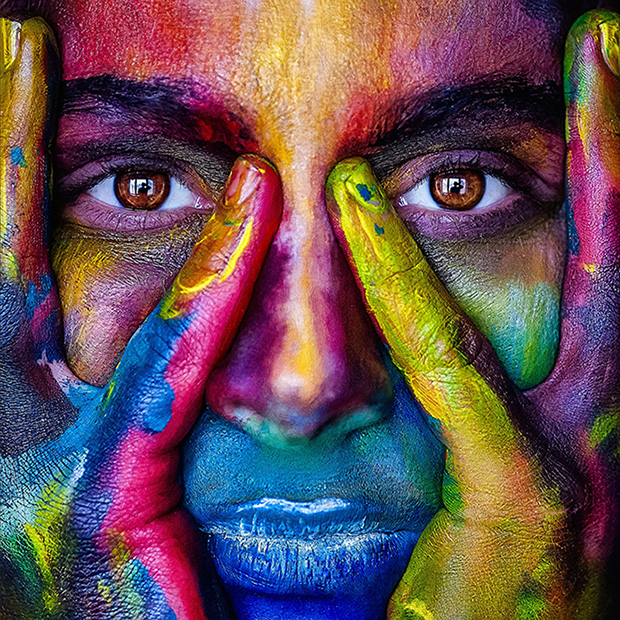Our Emotions And The Colors We See

The colors we see and the emotions we feel have an interesting and complex relationship.
Have you ever heard the expressions “green with envy,” “feeling blue,” or “seeing red”? How did these colors come to be so closely tied to emotional connotations that we have figures of speech about them? Well, it turns out that the colors we see and the emotions we feel have a very interesting relationship.
The Brain’s Response To Color
You probably have a favorite color, and the sight of the colors of your favorite team’s rival might inspire feelings of disdain or dislike, but some color preferences and connotations are more widespread than that. The color red is associated with anger, passion, and sweetness. That last one is such a strong connotation that participants in a study described their salty popcorn as tasting sweet because they ate it out of a red bowl.
Most of us probably remember getting our tests and homework handed back with a lot of red pen marks. Red grading pens might be a thing of the past, though, as studies in the last few years suggest that red ink can make comments seem harsher to students than the teacher intended. The teachers are also more likely to grade lower when writing in red! This is why some teachers are starting to leave the red pens behind in favor of less confrontational ink colors.
Red isn’t the only color that has an effect. Blue is widely considered to be a very relaxing color, perhaps because we associate it with the sky on a nice day or a calm ocean or lake. Being in an environment with a lot of blue can actually lower your heart rate and slow your breathing. However, it is also one of the most unappetizing colors, which is why you will rarely see blue cups or plates in restaurants.
The colors we see can also influence what we buy!
https://www.youtube.com/watch?v=qO9UPy04WMs
Emotion And Color Perception
Even stranger than the way colors can impact our emotions is that the process might actually work in reverse! The expression “seeing red” refers to a rare effect of becoming so furious that one’s vision temporarily becomes tinted red, and studies have indicated that people who are angry are more likely to say there is red in a neutral image.
Taking Care Of Your Vision
Have you experienced these kinds of reactions to different colors? Let us know in the comments or on Facebook! But no matter how the sight of different colors make you feel, the common denominator will always be your eyesight. If you’ve noticed any changes in the way you see, or if it’s simply been a while since you last came in, schedule your next eye appointment today!